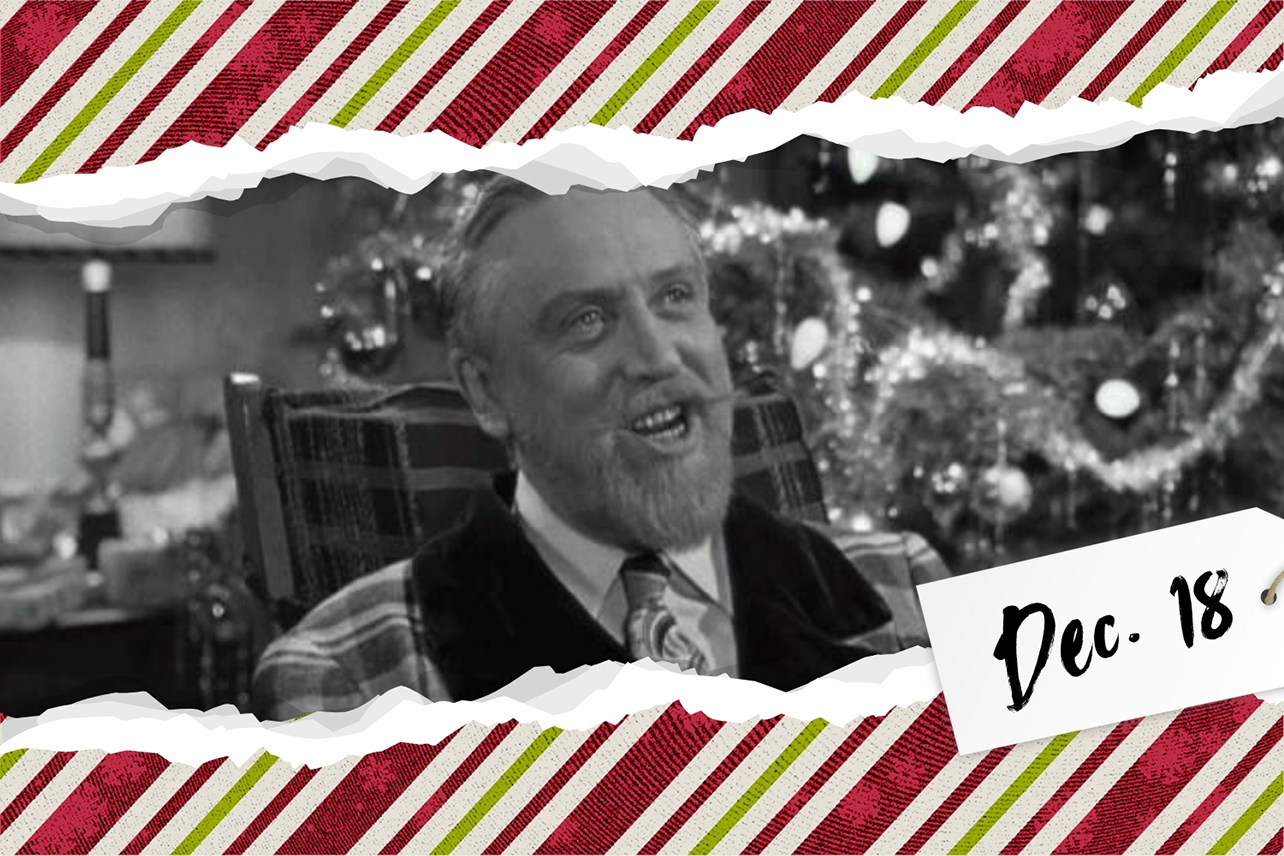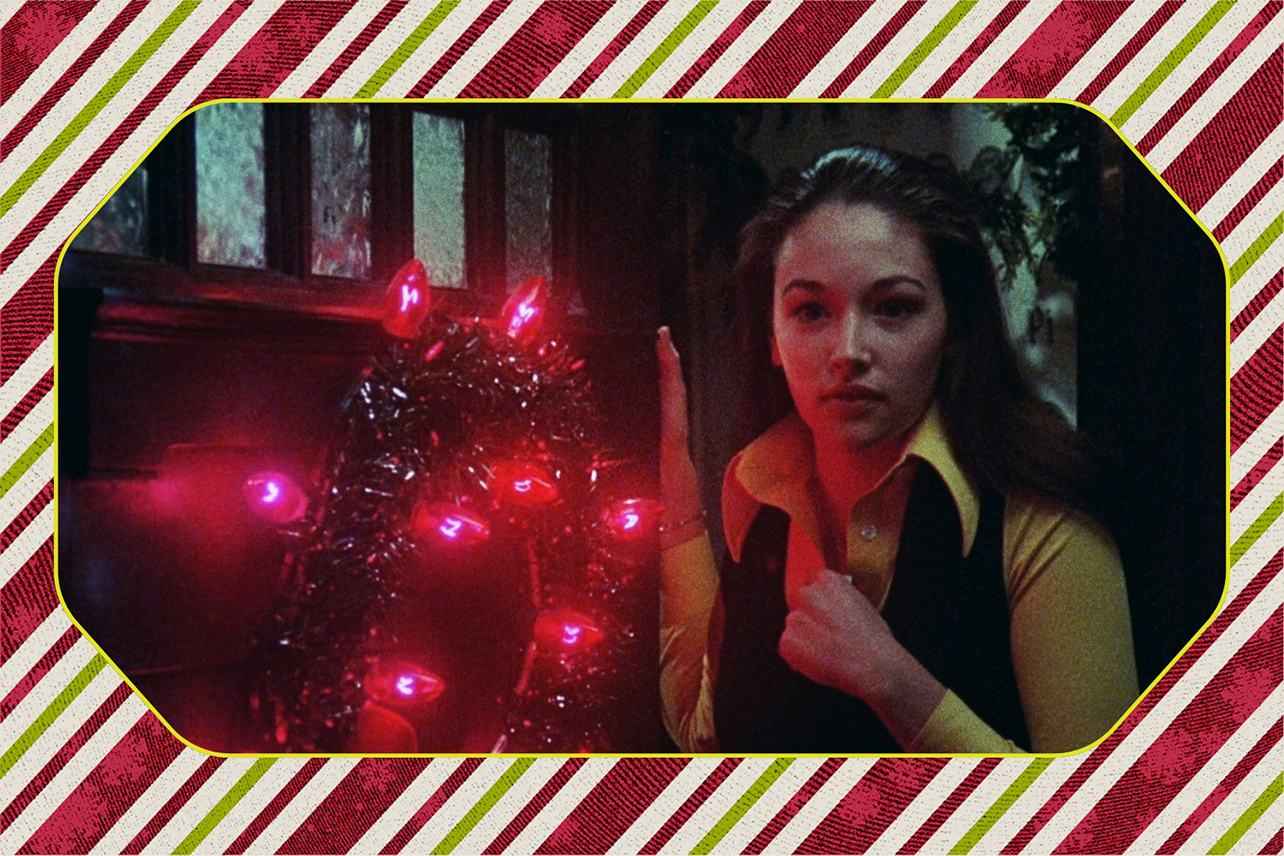The Ugly Stepsister
Writer/Director: Emilie Blichfeldt
Cast: Lea Myren, Thea Sofie Loch Næss, Ane Dahl Torp, Flo Fagerli, Isac Calmroth, Malte Gårdinger
Everyone's met that one person (or several people) somewhere along the way who wants to talk about the "real" story of Cinderella, the one that's violent and nasty and features the wicked stepsisters hacking at their own feet to fit into the glass slipper. Poking at that story in a way that gets bloody is nothing new, but Emilie Blichfeldt's The Ugly Stepsister is out to do something deeper and darker than simply inserting a little blood into a Disneyfied fairy tale.
Yes, as the title suggests, this is a riff on the Cinderella story, an effort to tell the tale from the point-of-view of one of the beautiful blonde's stepsisters, who's willing to do whatever it takes to be pretty enough to win over the prince. Yes, it's a chance to do body horror amid all the trappings of fairy tale life, from palaces to bucolic woodlands. But calling Blichfeldt's film the "body horror Cinderella" seems to be not just an understatement, but a disservice to what the filmmaker and a very talented cast and crew are out to do here. This is a film that uses body horror to probe not just the dark side of fairy tales and the standards of beauty and propriety that have pitted women against one another since time immemorial, but to push further into something more like soul horror. It's not just a film about what unrealistic standards will do to your body, but about the scars they will leave on your psyche and every ounce of your being, long after the ball is over and the slipper has found its foot.
The stepsister of the title is Elvira (Lea Myren), a pleasant, starry-eyed girl who reads poetry supposedly written by her kingdom's handsome prince (Isac Calmroth) and dreams of one day becoming his bride. But while Elvira has her head in the clouds, her mother Rebekka's (Ane Dahl Torp) goals are much more pragmatic. Suddenly widowed and penniless after what was meant to be a marriage that would boost her social standing, Rebekka is desperate for a new leg up in the world. She finds it when Elvira is invited to a ball at which the prince will supposedly choose his bride. Determined to beat out her own stepsister, the beautiful and refined Agnes (Thea Sofie Loch Næss), Elvira agrees to do whatever her mother says to help her become beautiful, starting with a painful surgery and including whatever other physical changes she must undergo. But how far is Elvira truly willing to take things, what will Agnes do to find a way to win, and what will the contest do to the souls and spirits of each girl?
Blichfeldt, who also wrote the screenplay, is careful to begin this journey with her characters as more-or-less blank slates, fairy tale archetypes which we can understand implicitly. We don't know what Elvira's really like, just what she wants. We only learn the kind of person she truly is when obstacles start to get in her way, starting with her lumpy nose and her weight and continuing right up through the more gruesome aspects of the story. That gives the filmmaker all sorts of latitude to throw fresh twists into the story, from moments of farcical inconvenience to all-out epic dreamscapes that help inform Elvira's view of the world. Blichfeldt's camera, which captures the rundown manor house where much of the action takes place with the grace and poise of Mario Bava and the detailed eye of Autumn de Wilde, creates a world in which we can understand each of the three women at the heart of the story, whether we're rooting for them or not. There is beauty here, hard-won though it may be, and Blichfeldt's narrative juxtaposes that beauty with cruelty, suffering, and desperation to the point that it's all damn near intoxicating.
But none of that visual might and clever pacing would land quite so well without the film's leads, particularly Myren, who wields her doe eyes and earnest smile to incredible effect as Elvira. Because the character arrives as such a blank slate, and then is subject to so many moments of physical transformation, Myren has to work especially hard to find the character's core, to not only uncover Elvira's drive but find a way to make us feel it.
And that is the true gift of The Ugly Stepsister, even beyond the wonderful production design, gorgeous costumes, and squirm-worthy visual effects. It's one of the year's most visually dazzling genre films, yes, and it takes a scalpel to body image issues and beauty standards across the Western world, but that's not what makes the film particularly special. What makes it a singular achievement, and one of the best horror films of the year, is not just how it makes us feel the physical and emotional pain of these characters, but how it imbues them with such exquisite, messy humanity that we can't help but place ourselves in their corsets and shoes.
We have all been pushed toward something by the world in which we live and our position within that world. We have all been consumed by outside forces which eventually convince us that we really want what they want for us. The Ugly Stepsister presents the consequences of these moments, then forces us to crawl inside them, get our hands dirty, wonder what we would do if our own inherent goodness was so challenged, our own souls so open and vulnerable. These questions, potent and seductive, drive The Ugly Stepsister and transform it into one of the year's best horror films. It's a wicked, wonderful journey, and deserves all the attention horror fans can possibly give it.
If you haven't already, consider supporting worker-owned media by subscribing to Pop Heist. We are ad-free and operating outside the algorithm, so all dollars go directly to paying the staff members and writers who make articles like this one possible.






